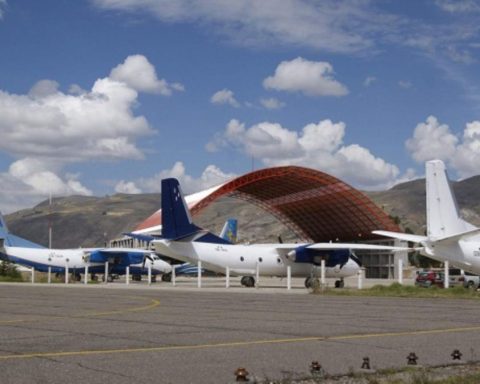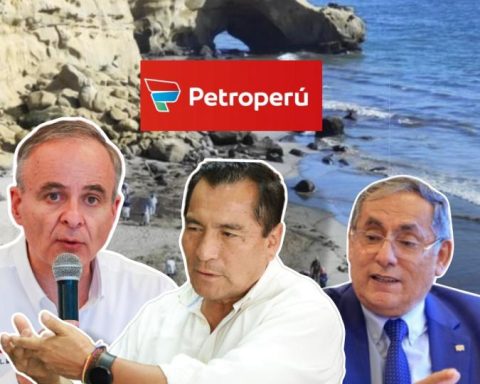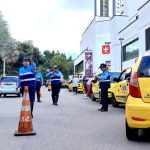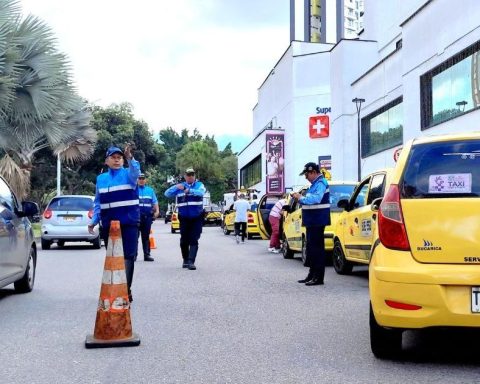Peruvian and Argentine researchers found microplastic in remains of food eaten by Andean condors. The most worrying thing is that the samples were taken in natural protected areas of Ica and Ayacucho, where there is little presence of people.
How did the microplastic get to those areas? What impact will it have on Andean condors? Victor Gamarra-Toledoornithologist and associate researcher at the Natural History Museum of the San Agustín de Arequipa National University and leader of the project financed by the National Fund for Protected Natural Areas, in collaboration with the Conservation Biological Research Group of the Comahue National University , Argentina, answer these questions.
“This is the first study in Latin America that reveals this enormous amount of microplastics in such an emblematic and threatened species. There are records in Argentina and Chile where condors feed in a dump and they also found plastic remains, but in the study we have carried out we found microplastics in condors found in protected areas. These protected areas of San Fernando and Galeras have low human density; however, we found microplastics in condor populations in remote areas of the country”, he revealed to the group TradeVictor Gamarra-Toledo.
The specialist warned that they have found in the Andean part, camelids and domestic animals that had plastic in their stomachs and condors also feed on the viscera of these animals. (Photo: Victor Gamarra-Toledo)
“(How can microplastic get there?) It could be by anthropogenic transfer, through the food chain. In this case, the oceans are completely contaminated with plastic and microplastics and the condor feeds on animals that are consuming these microplastics from marine resources. So the transfer of microplastics goes from the sea, to the fish, to the sea lions and finally to the condor. In this way, microplastics are transferred through that food chain.”, explained the specialist, who warned that they have found in the Andean part, camelids and domestic animals that had plastic in their stomachs and condors also feed on the viscera of these animals.
The ornithologist and researcher explained that in the coastal population of condors they found that 100% of the samples have microplastics. While in the Andean part, 85% have the presence of microplastics. “This means that condors in these two important regions are highly contaminated with microplastics. The next step will be to know what the effect is with respect to biology and what the survival of the condors represents with that amount of plastic.”.
(More about microplastic contamination in condors and what we can do in the podcast)
RECOMMENDED VIDEOS
Qatar 2022: what currency is used and what is the exchange rate according to your country?
:quality(75)/cdn.jwplayer.com/v2/media/maWHTmMr/poster.jpg)
















